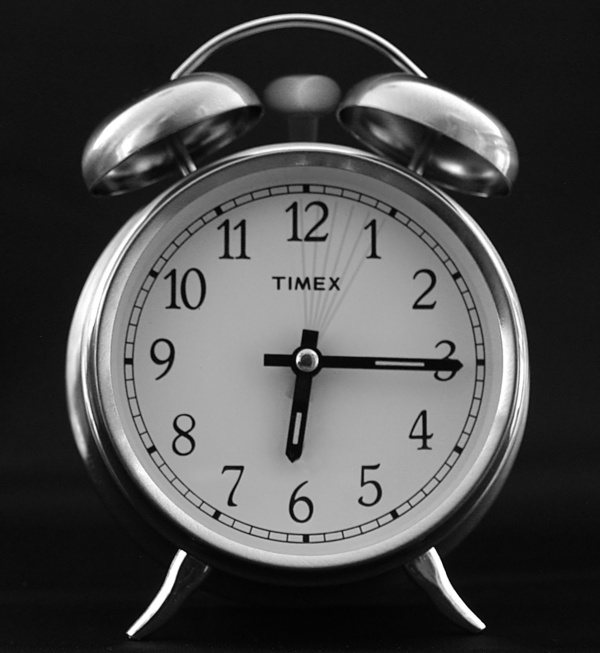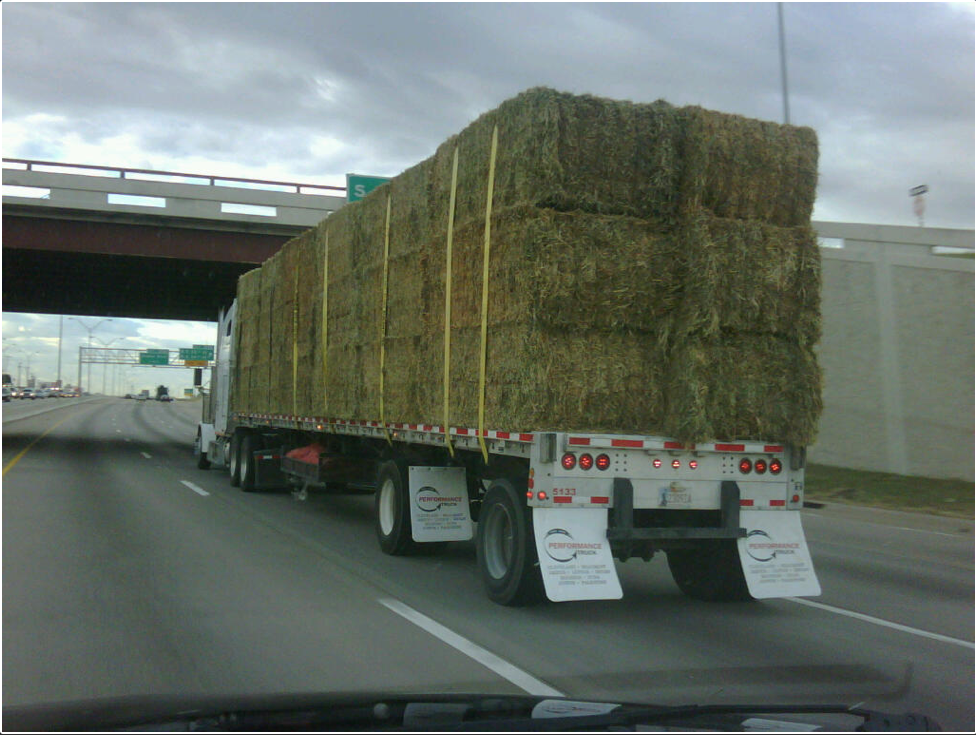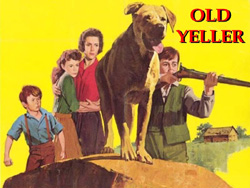As I sit here basking in the glow of my 13 inch computer in an otherwise dark room this morning, I’m reminded about one of what I consider to be one of the great tenets of manhood; that is, waking up early.
As a child and then a teenager, I was always amazed each morning at how early my dad woke up. No matter how early I got up each day, without fail, he would already be awake and laying on the couch wearing his Nike hoodie, reading the paper.
The funny thing is… the man is not an early to bed kind of guy. This is a man who regularly stayed up late to watch Letterman in its entirety. The even more amazing thing to me, that I’ve only learned in the past few years, is that he never uses an alarm clock.
I never understood that facet of my dad’s life until recently. You see, for most of my life I’ve told myself a story that wasn’t true. And while I’ve definitely told myself many stories that aren’t true, the story I’m talking about right now is the that I was not a morning person.
For most of my life, I’ve been a snoozer. When I was a kid, my parents had to institute a 10 a.m. reverse bedtime during the summers and weekends to prevent me from sleeping all day. And boy did I ever balk at that one. In college, if I didn’t have early morning classes, I could (and often did) sleep until 10:40 or so no matter how late I stayed up.
That was my sleeping in pattern for most of my life.
A few months ago, that all changed. A guy who’s blog I read, posted about the idea that each of us has several internal stories (plural) which may or may not be true that we tell ourselves which make up our STORY (singular).
I’ve always been a firm believer that our lives are stories, and his post got me thinking about my life and the stories I’ve told myself that maybe weren’t true.
The timing of that post couldn’t have been better. Just a few days earlier, I’d heard a man speak at a luncheon who’s own story really resonated with me. A very successful business man and person of faith, the speaker spoke on the importance of being a man of discipline. A man of discipline himself, he spoke about how men of discipline wake up early: A) because it’s difficult; and, B) because life is short and sleeping through too much of it really is a waste.
The combination of the post about the stories we tell ourselves that aren’t always true and the idea that men of discipline wake up early couldn’t have intersected more perfectly in my life. I left the luncheon thinking to myself, “Self… I want to be a man of discipline even if that means waking up early.”
And so that night, I set my alarm to go off the next day at 5:00 a.m. When it went off, I got up. I read a few chapters of a book I was reading at the time, I prayed, I sat in silence, and I ran a mile. Despite the fact that I was exhausted by 2 p.m. that afternoon, it was a great experience.
It wasn’t until a few days later when I read the aforementioned blog post that I was really able to articulate what I’d already been feeling about my own story as a morning person. Since that time (it was last November) I’ve been re-telling myself that story almost every day when my alarm goes off and I stumble out of bed at 5, 5:30, or (on bad days) 6:00 a.m.
As Ferris Bueller once said, “Life moves pretty fast. If you don’t stop and look around once in a while, you could miss it.” Waking up early has been a great help in my attempts to stop and look around every once in a while.
Some mornings I go for a run. Some mornings I take a walk. Some mornings I read. Some mornings I write. Some mornings I reflect on who I am or what I’m accomplishing. Some mornings I think about my marriage. Some mornings I talk to God. Some mornings I just listen for his voice. And some mornings, (rarely but still occasionally) I waste almost 2 hours perusing the Facebooks, or the Twitterz, or my Google Reader RSS subscriptions.
I’m hesitant to say that waking up early has changed my life, but honestly, I can say I’ve seen a marked improvement in my quality of life since last November when I started waking up early.
As a man, I think there’s something deep in my core that calls me toward self-improvement and challenge. Waking up early, though really a small thing, has been a challenge that I’ve taken on successfully. Not only have I had more time to myself each morning for personal and spiritual reflection and development, but each day I get out of my bed before the sun comes up, I reinforce the idea that I have control over and can change the stories I tell myself.
The little victory I’ve had over my sleep story has started to make me question other questionably “true” stories that I’ve been telling myself for too long. It’s amazing how one little victory combined with a few more early morning hours of introspection each day can make all the difference in helping us become the men we want to be.
For me, realizing I could wake up early was not only a victory over a very real physiological and mental myth in my life, but it was also one of many early steps in my realization that I still had a long journey toward becoming a real man… a journey I’m still learning from and enjoying almost every day before most people are even awake.
Sometimes a real man does things that are difficult simply because of the discipline it takes to do so. I want to be a real man. I want to be a man of discipline. For me, a big part of that means I wake up early.
What about you?













